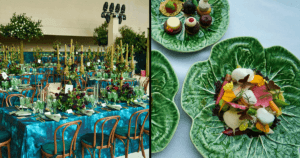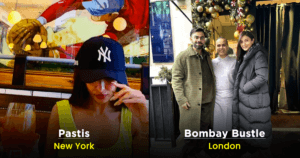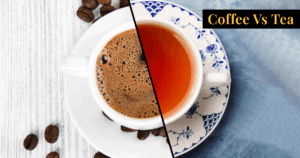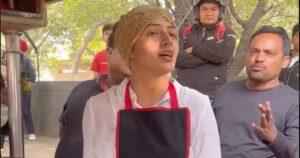“So you’re a Bengali then?”
“Actually no, I am a cocktail. My dad is Punjabi, my mum is Bengali.”
“Oh that’s so cool! That’s quite a fun mix!”
“You have no idea!”
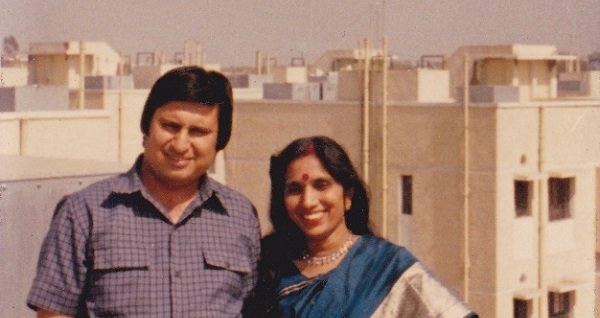
If I got a Rupee for every time I’ve had this conversation, let’s just say that yellow Porsche I have been eyeing all my life would be parked outside my place. But no matter how many times I say it, I never fail to feel so happy about being a bi-cultural child.
As we are growing up, there is so much to look forward to and be excited about.
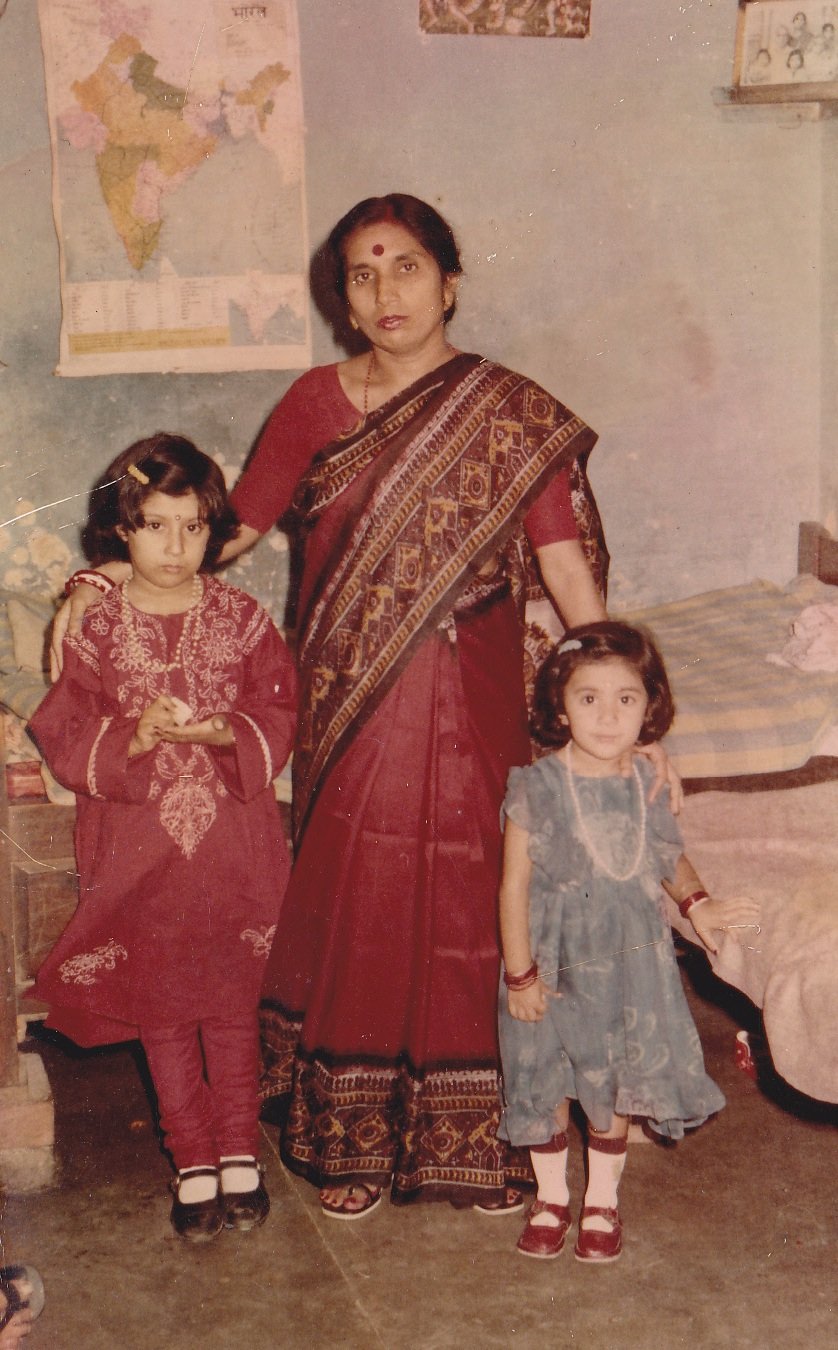
For me, it was the love for Durga Puja, and the excitement for the night of Lohri; it was my absolute craze for dhutis, and how I looked when I donned a pathani kurta-pajama; it was learning the art of drawing an alpana and mixing colors to make a rangoli; it was singing age old bangla songs with ma, as much as hearing the stories of the Partition from baba.
All of that and so much more.
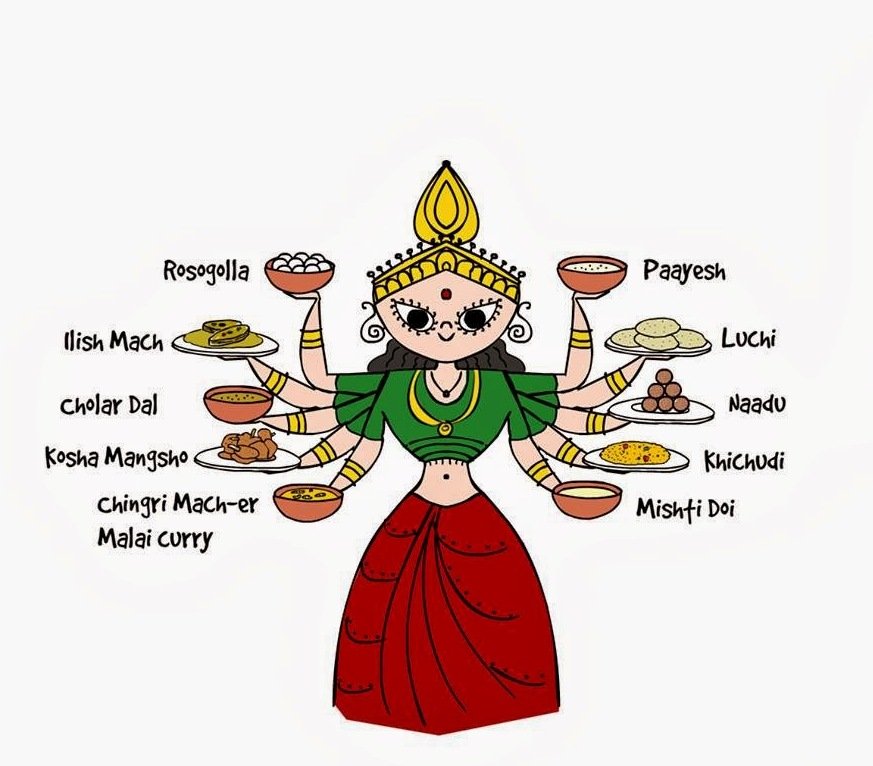
For many people who are children of two cultures, sometimes it becomes an identity crisis as they don’t know where they really fit. There is a lack of belonging to either of their sides. Maybe they really never belong to either of the cultures completely.
For many, it is a cultural divide that they are always struggling with. It’s the neither-here-nor-there syndrome wherein sometimes people assume that you know both the languages and go ahead and start speaking to you in that tongue as you stand there embarrassed, fumbling for words. That or they just regard one half and claim the other half is pseudo.
Brought on by the fact that you may have been raised more towards one culture than the other, the other side feels like an alienation from the whole, a recipe for trouble.
But we have got to find silver linings where we can, eh? And from where I stand, I think it’s amazing living two experiences under one roof, in one plate.
Because no matter the identity crisis, nothing is bad when you think about the biggest perk of having parents from two different cultures. I mean, sure, there is the nail-bitingly fun entertainment when they fight with each other in their native languages.
But even better is the food… *GULP*
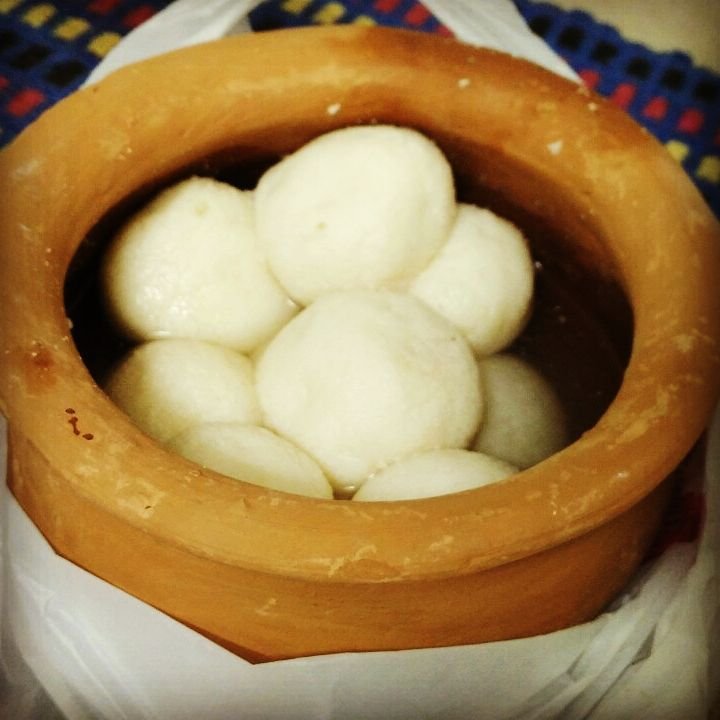
I remember school days when all I used to think about was going back home because I knew what awaited me there: some delectable aaloo poshto, with bhaat and a dose of sweet tomato chutney.
The perfect mix of poppy seeds and potatoes, fried in sarso oil with whole red chillies for flavor come with a combination of poshto chutney, rice, white daal, and mashed potatoes. Sometimes, kosha maangsho makes a surprise entry too and you will eat enough for lunch AND dinner. Or it was chingri maach with whole green chilies which might have made you crave water but that didn’t stop you from eating.
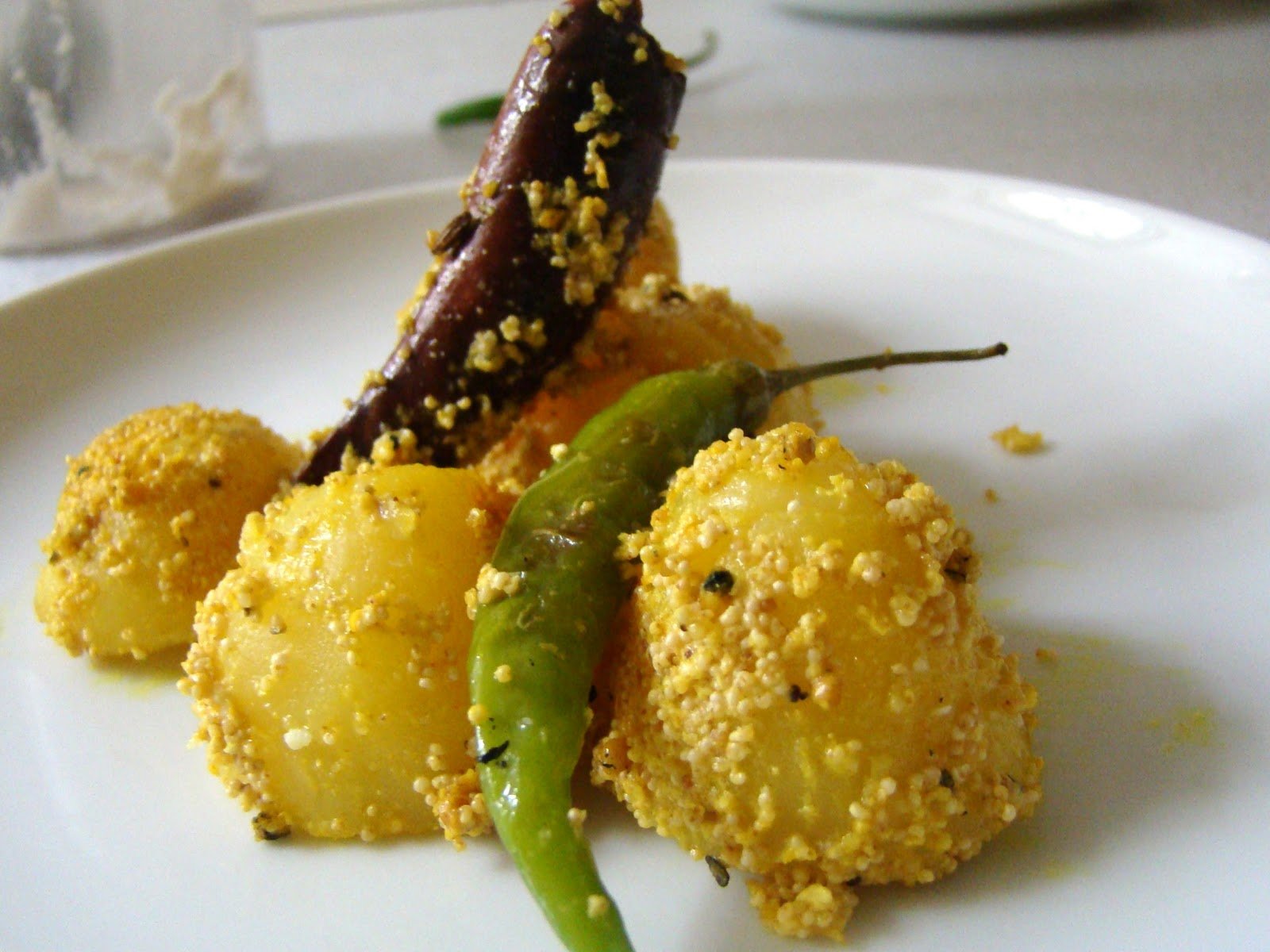
On other days, it was rajma chawal on my plate. The eternal comfort food, the love of many lives, the soul food for countless. Have you ever noticed how no two rajma dishes anywhere are the exact same? Every mother makes it different, and yet you will only always crave the one your mum made. Or masala channa with hot puris? The sizzling bread, with a trickle of hot oil running down it served with a bowl of spicy, cooked-to-perfection chickpeas, with a garnishing of coriander and ginger.
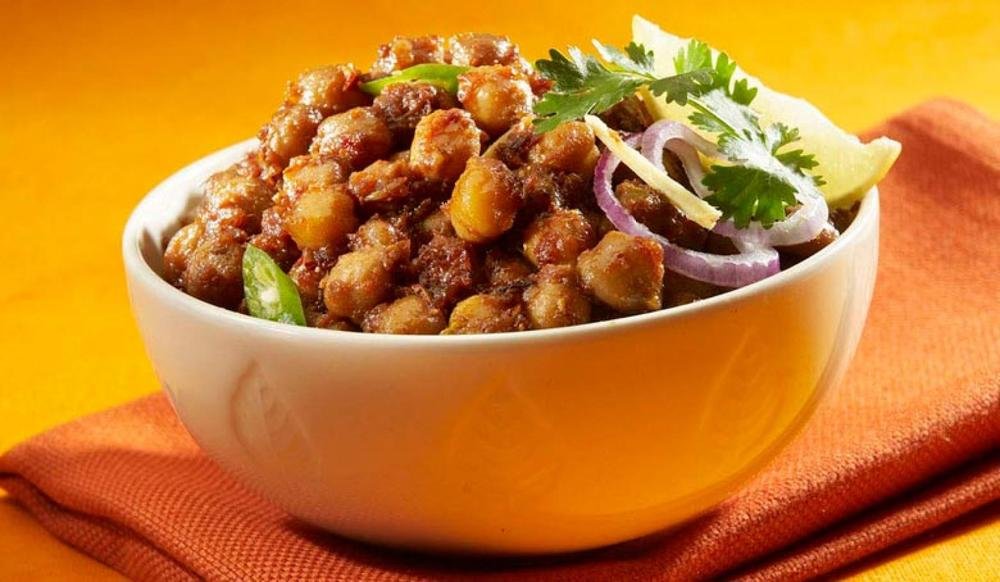
And sometimes it’s both, you know. Sometimes it is daal makhni with luchis. And just by that genius your mother has worked up, the world is a happier place.
Sure there is a good chance that you might prefer one culture over the other but that comes with the variety of choices eh? You can be Maharastrian for lunch, and Rajasthani for dinner. You have sabudana khichdi for breakfast and gattey ka sabji for dinner. Oh, and ghevar for dessert. Ooh!
I know a lot of people will come up with the argument that one can always go to a restaurant and try as many regional foods as they like. But you know food is very personal; as you grow up, what you eat shapes your taste in things and who you become.
Just like the kind of books you read.
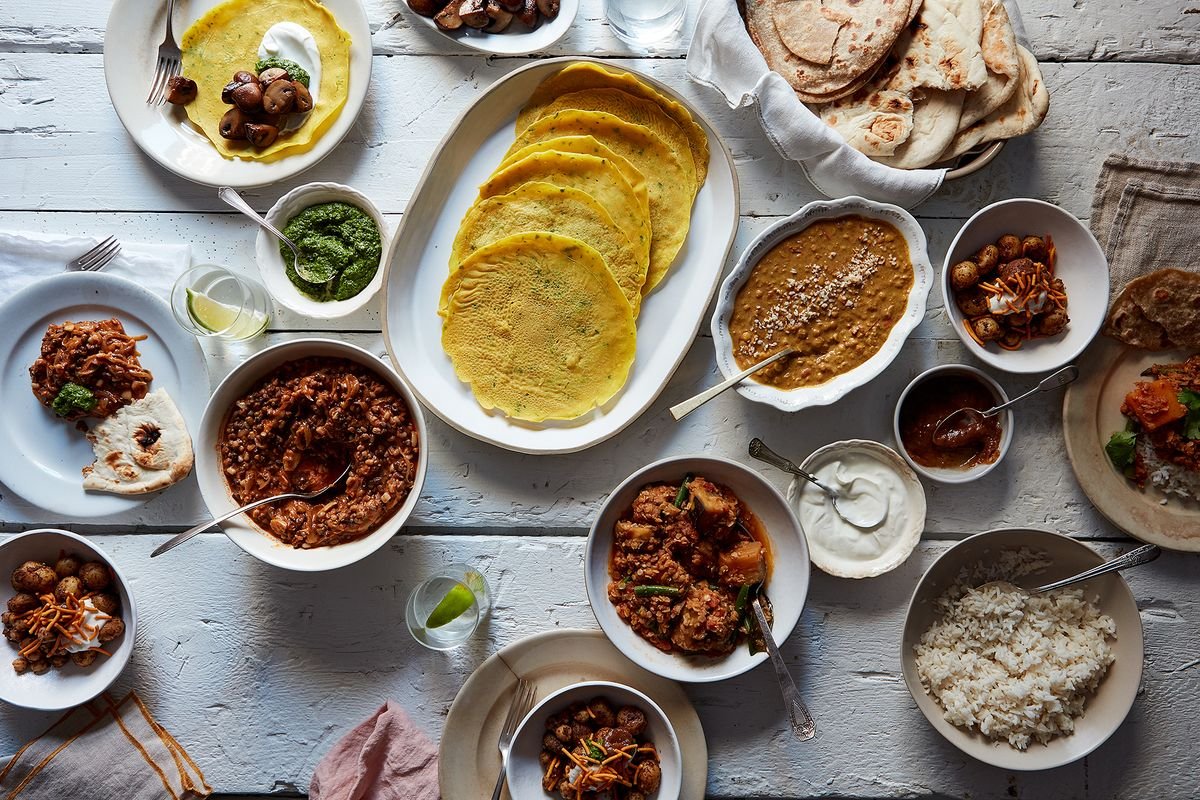
And in that process, if you have the luxury, the love of two cuisines coming to your plate, you not only become a cute fat baby but also develop a palette for different kinds of tastes, flavors, spices, piquancy. At a very young age you know how to try out various things when it comes to food, a lesson in gastronomical inclusiveness if you will. What you grow up eating becomes a part of your identity, and then, years later, you are the one passing on the flavours to future generations.
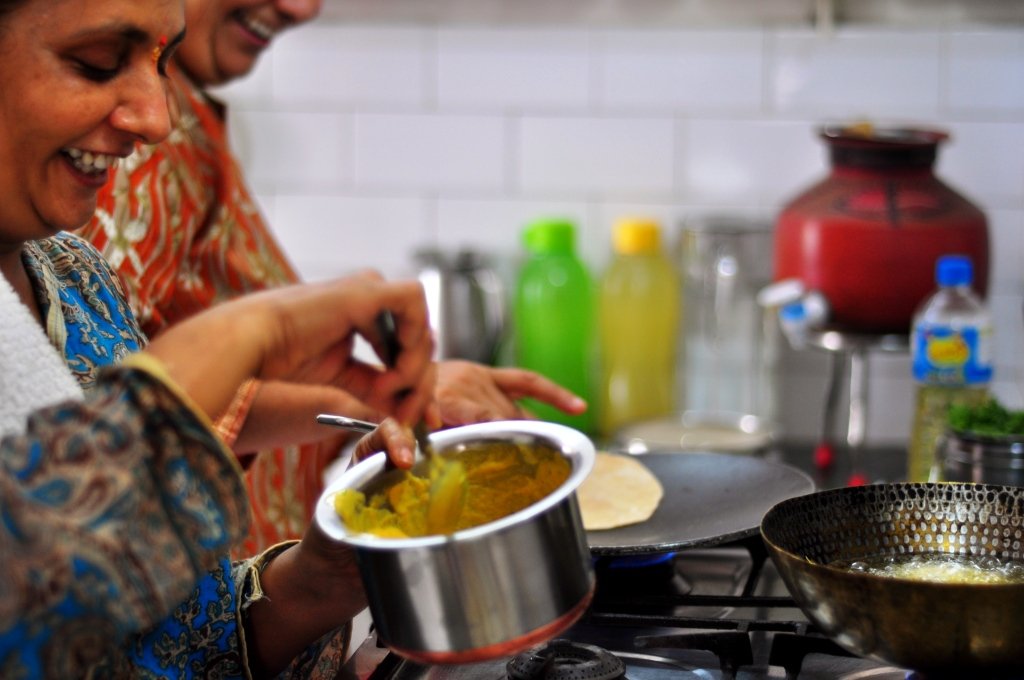
We have all heard the concept of grandma’s old recipes: the treasure trove of nourishment wrapped with secrets of spices and cooked with love; dishes that make sure you are just a stove away from home. My heirloom will be a recipe notebook full of personal recipes from two cuisines cultivated over the years by my mother, a woman who not only learned how to cook in a different culture but also aced it.
In a place like Delhi, where the city becomes a culture unto itself with its amalgamation of cultures, there are these two little parts you can call your own. It might be that you have never been to the places where these dishes originated, you might not even learn the exact proportion of what to add to get the right taste for what you want to cook, but somehow having tasted something that many might never explore, you are connected to your roots.
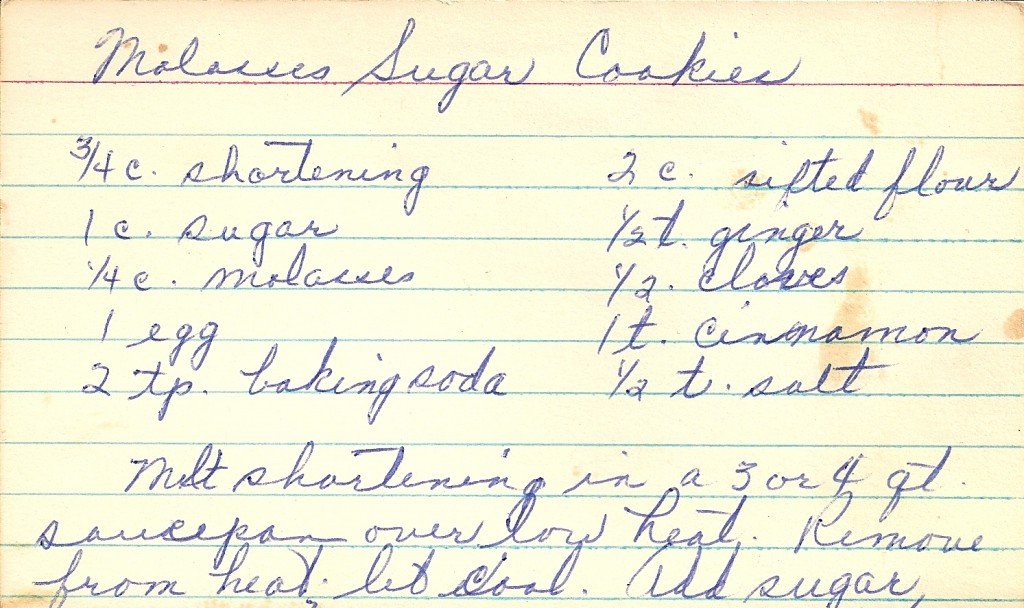
And it is nice to think that one day, when you are far away from home, and maybe cooking for people the continental dishes that everyone eats, the pastas, the pizzas, the quiches, the empanadas, somehow a bowl of tomato chutney or some halwa will always find its way to the table.




